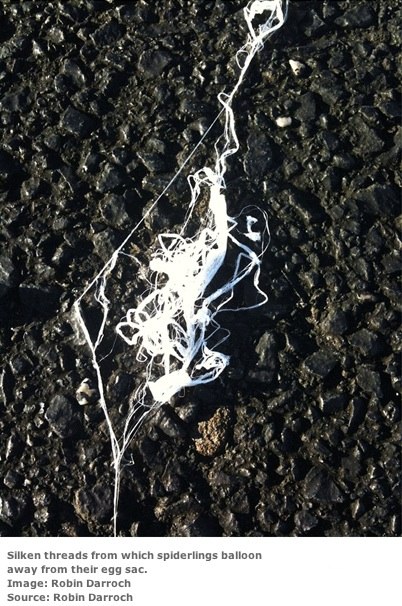ParanoidSkeptic2
Active Member
on October 27th in 1954, Florence, Italy a football game was being played, it's approximated that a crowd of 10,000 spectators was present at the event. All of the sudden, alleged UFOs appeared, different accounts describe the UFOs quite differently: some say Cigar shaped, some say Egg shaped, some say it they looked like shiny balls. An image of the newspaper with an alleged picture of the UFO surfaced at the time.
The most interesting part of the event was a substance that fell during that event. The substance has been described as "silver glitter" and the consistency was described as being sticky and it disintegrated on contact. A chemical analysis was done to determine the elements present in the substance:
Originally, skeptic James McGaha attributed the substance to spider webs.
However, an Italian ufologist disputed this because the chemical make up of a spiders silk is different to the elements found.
Philip Ball, a science writer, agreed that the spiderweb hypothesis was unlikely
This is I believe the photo of the sample, kind of looks like a silky string.
The reason why this has been such a mystery is because of substance and the elements found in it really as well as the anecdotal accounts. The anecdotal accounts are inconsistent and the only empirical evidence is the substance and the photo.
The most interesting part of the event was a substance that fell during that event. The substance has been described as "silver glitter" and the consistency was described as being sticky and it disintegrated on contact. A chemical analysis was done to determine the elements present in the substance:
Source: https://www.bbc.co.uk/news/magazine-29342407Article: The lab, led by respected scientist Prof Giovanni Canneri, subjected the material to spectrographic analysis and concluded that it contained the elements boron, silicon, calcium and magnesium, and that it was not radioactive. Unfortunately this did not provide any conclusive answers - and the material was destroyed in the process.
Originally, skeptic James McGaha attributed the substance to spider webs.
Source: https://www.bbc.co.uk/news/magazine-29342407Article: "The spiders use these webs as sails and they link together and you get a big glob of this stuff in the sky and the spiders ride on this to move between locations. They just fly on the wind and these things have been recorded at 14,000 feet above the ground. So, when the sunlight glistens off this, you get all kinds of visual effects."
However, an Italian ufologist disputed this because the chemical make up of a spiders silk is different to the elements found.
Source: https://www.bbc.co.uk/news/magazine-29342407Article: Spider silk is a protein - an organic compound containing nitrogen, calcium, hydrogen and oxygen - not the elements reportedly found in the samples Batini and others brought to the university.
Philip Ball, a science writer, agreed that the spiderweb hypothesis was unlikely
Source: https://www.bbc.co.uk/news/magazine-29342407Article: "Magnesium and calcium are fairly common elements in living bodies, boron and silicon much less so - but if these were the main elements that the white fluff contained, it doesn't sound to me as though they'd come from spiders," he says.
This is I believe the photo of the sample, kind of looks like a silky string.
The reason why this has been such a mystery is because of substance and the elements found in it really as well as the anecdotal accounts. The anecdotal accounts are inconsistent and the only empirical evidence is the substance and the photo.
Last edited by a moderator:

